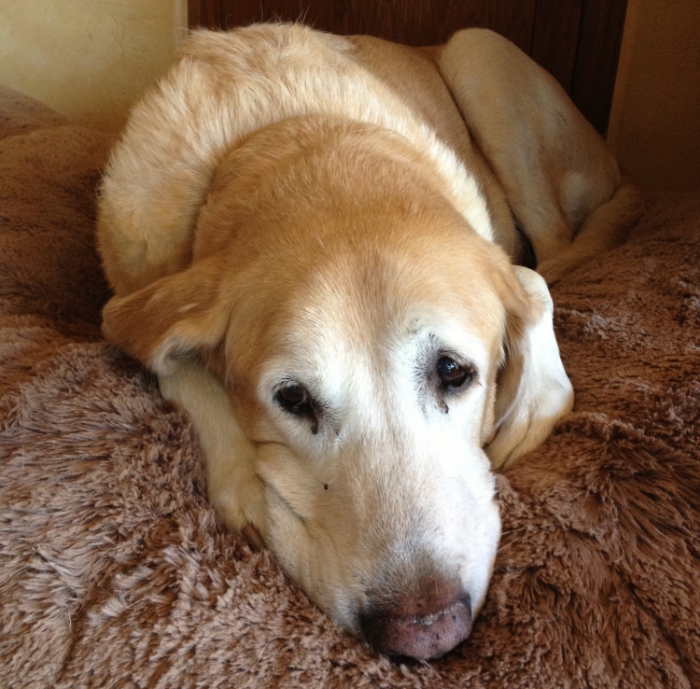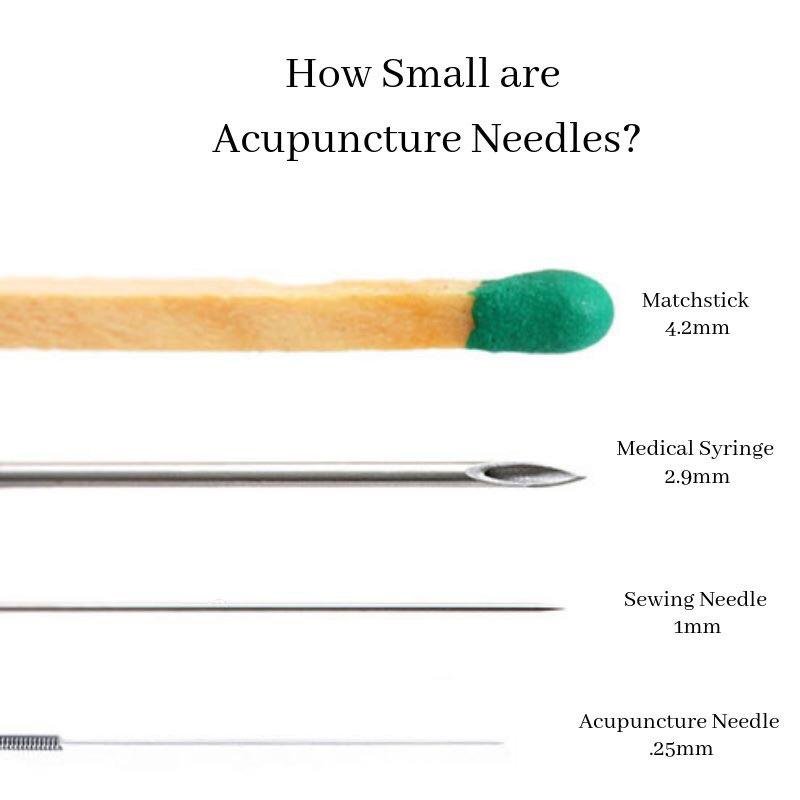"The art of healing comes from nature and not the physician. Therefore, the physician must start from nature with an open mind."
Paracelus
Does It REALLY Work?
Using needles inserted into various points on the body to treat everything from pain to high blood pressure, morning sickness to allergies. Sure sounds a bit crazy. However, any therapy that has been around for thousands of years with billions of satisfied users must hold some validity. Just because our ability to understand how something works is lacking does not preclude it's effectiveness.
“I am a skeptic no more. The combination of chiropractic and acupuncture treatments I received helped tremendously. I am pain free with no numbness, sleeping through the night and returning to my active lifestyle.”
What about the placebo effect? Maybe these people simply believe it will work, therefore they think themselves well? Because the mind is the most powerful organ of the body, our expectations will affect the outcome of any therapy. Herbert Benson, M.D. from Harvard Medical School states that, "The placebo effect yields beneficial results in 60-90% of diseases." Therefore, having a positive expectancy is essential when it comes to attaining optimal health regardless of the condition. But there is more to acupuncture than mere placebo as research continues to prove it's benefits. To that effect, some of the world's most respected medical institutions (including Harvard and Stanford) now offer acupuncture training to their medical doctors. Mayo Clinic and Duke University Medical Center provide acupuncture services to their patients, embracing the new model of healthcare.
In an official publication, ACUPUNCTURE: REVIEW AND ANALYSIS OF REPORTS ON CONTROLLED CLINICAL TRIALS, the World Health Organization recognized that the following symptoms, diseases, and conditions were but a few of those shown to be treated effectively by acupuncture:
•low back pain •neck pain •sciatica •tennis elbow •knee pain •shoulder pain •sprains •facial pain •headache •dental pain •TMJ dysfunction •rheumatoid arthritis •induction of labor •correction of breech fetus •morning sickness •nausea and vomiting •postoperative pain •stroke •high blood pressure •low blood pressure •kidney pain •low white blood cells •adverse reactions to radiation or chemotherapy •allergies, including hay fever •gallbladder pain •menstrual pain •abdominal pain •peptic ulcer •acute and chronic gastritis
The Science of Acupuncture is a BBC documentary that set out to scientifically evaluate the efficacy of acupuncture. It is a fascinating look into the rigorous research utilized to prove beyond placebo the incredible power of acupuncture. If you have any doubts, watch the first few minutes of the documentary (here). In the film, you will witness an open heart procedure being being performed on a young woman in a modern Shanghai hospital utilizing acupuncture as an anesthesia (and she is AWAKE during the operation!). It is an amazing testimony as to the benefits of this ancient healing art.
We once believed with scientific certainty that the earth was flat, frogs caused warts, and the moon was made of cheese. As you can see, modern acupuncture methods have entered the realm of modern science and dispelled many of the myths with which it has been associated. When performed by a skilled and knowledgeable practitioner, acupuncture is an incredibly safe and effective therapy with little known side effects. If you still have questions, I recommend you hear what my dog has to say about it:
Acupuncture vs Dry Needling
While acupuncture and dry needling appear to be the same, besides the utilization of needles, they are actually quite different. Let me help you understand how.
In traditional Chinese medicine, acupuncture is a technique for balancing the flow of energy or life force know as chi—which flows through pathways or meridians in your body. By inserting very thin needles into the skin at precise points on the body along these meridians, it is believed that your energy flow will re-balance. The aim of re-balancing energy flow through acupuncture is to decrease pain and restore health to the body and mind. Many Western medicine practitioners view acupuncture points as places to stimulate nerves, muscles and connective tissue that may boost the body’s natural pain killing response.
Dry needling is a modern treatment designed to ease muscular pain. During dry needling, a practitioner inserts several filiform needles into your skin. Filiform needles are fine, short, stainless steel needles that don’t inject fluid into the body. That’s why the term “dry” is used. Practitioners place the needles in “trigger points” in your muscle or tissue. Dry needling is also sometimes called intramuscular stimulation. The points are areas of knotted or hard muscle. The theory is the needle helps release the knot and relieve any muscle pain or spasms. The needles will remain in your skin for a short period of time. The length of time depends on the practitioner.
Although both can be beneficial easing muscle pain, the treatment style and patient experience is often quite contrasting. For example, the gauge size needle for dry needling is 22 while in acupuncture they range from 28-40. Although this might appear contradictory, the larger the gauge, the THINNER the needle! A thinner needle is obviously less painful. Dry needling intentionally uses a larger needle as its objective is to stimulate (create a painful sensation) within a muscle trigger point to decrease its activation and hopefully reduce pain.
Acupuncture, on the other hand, is not only painless in most cases, it commonly creates an incredible sense of deep relaxation. This is due to the fact that rather than activating already sensitive trigger points, stimulating acupuncture points works by blocking the painful signals to the brain. Dry needling focuses on the symptom (over-activated muscles) while acupuncture focuses on the master controller of the body—the brain itself.
The below images are from what is know as functional MRI (fMRI. Think of fMRI as doppler radar for the brain, measuring activity. The images reveal the dramatic activation resulting from the stimulation of acupuncture points. So when someone says they believe acupuncture benefits are in peoples head, they are actually correct!
Timeless Healing
Acupuncture is among one of the oldest healing practices in the world. The term acupuncture describes a family of procedures involving the stimulation of anatomical points on the body using a variety of techniques. These points are located along meridians, channels through which the body’s electromagnetic energy flows. When this energy flow is disturbed due to any number of stresses placed on the body, ill health results. Stimulation of specific points along these meridians restores normal balance to the flow of energy, releasing the body’s inborn healing power.
“By that evening I was feeling myself again. No drugs, no side effects, just a great doctor, a unique treatment and a God whose creation works best in balance.”
Think of your body as a radio broadcasting station that constantly transmits to your brain, providing it information pertinent to your state of well-being. This information allows the brain to make the necessary adjustments within the body required to maintain good health. Imagine that your body broadcasts at the frequency 93.5. If the dial (energy flow) of your body gets bumped to 93.7, the information the brain receives becomes static, just like a radio. Due to this interference, the brain cannot make proper physiological adjustments and the body loses function. Physical, emotional, or dietary stresses can bump the frequency of your meridians. Acupuncture tunes your body’s frequency back to normal, allowing the brain to restore balance to the body and heal itself.
“I had never used acupuncture for any treatment until I came to see you. I firmly believe that your practice was a healing source for my elbow.”
The most familiar form of acupuncture treatment involves the use of fine needles. When most people think of needles, they picture either hypodermic needles, such as those used to administer shots, or sewing needles, which can be quite painful. Conversely, acupuncture needles are about as thin as a hair. In fact, they are so thin, five will fit in the hole of a typical hypodermic needle, which allows acupuncture treatments to be administered virtually pain free. A slight twinge may be noted upon insertion, but most people describe the sensation as less than a mosquito bite.
“My personal favorite treatment is acupuncture. At first I though it was scary because of the needles but it wasn’t. I had them done because of a sinus infection. I went several times for this and it really helped my sinuses.”
Acupuncture is a principle, not a technique. Therefore, while its style may vary, its effectiveness will remain consistent. How points are stimulated is not as important as which points are stimulated. Because acupuncture deals with the balancing of energy, needles are only one form of treatment. Shiatsu uses physical pressure applied to acupuncture points to balance energy. For those with needle phobias, low-level lasers and gentle electrical stimulation are both safe and effective treatment options we offer. Find the technique with which you are most comfortable and enjoy the benefits of this natural healing art.
“After only 5 or 6 treatments, I started being able to sleep again. My schedule went back to normal and I wasn’t tired all day.”





